I didn't see much except for these spiders running around the dried dead grasses, which form excellent hiding spaces for these spiders. I think I have seen them before near the Terra Nova Sharing Farm, quite abundant and common.
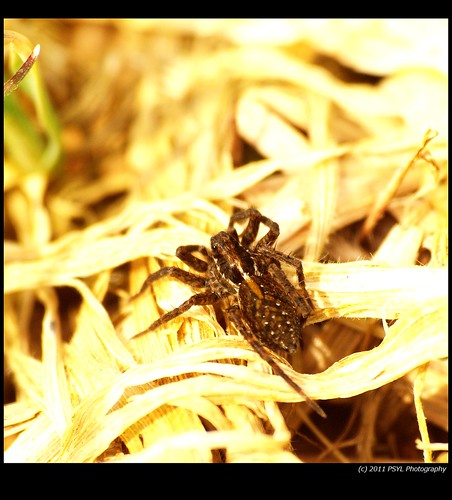
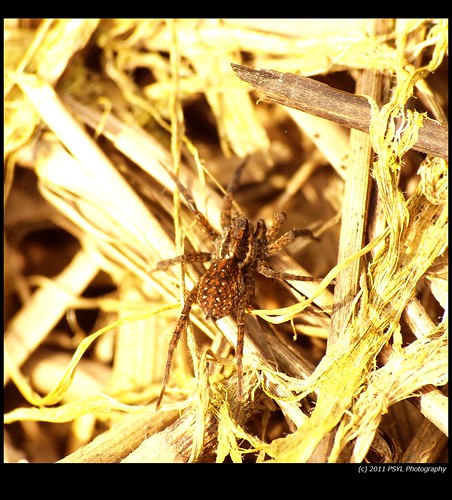
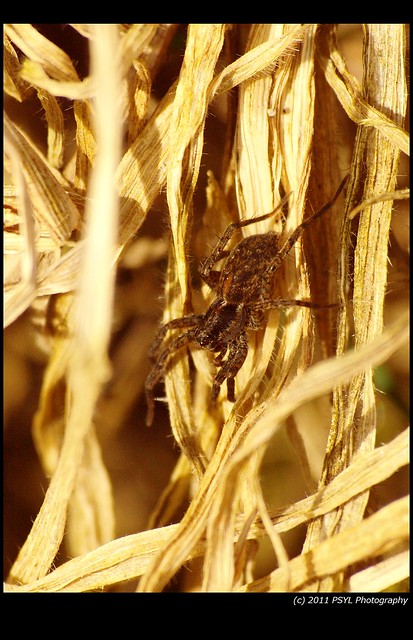
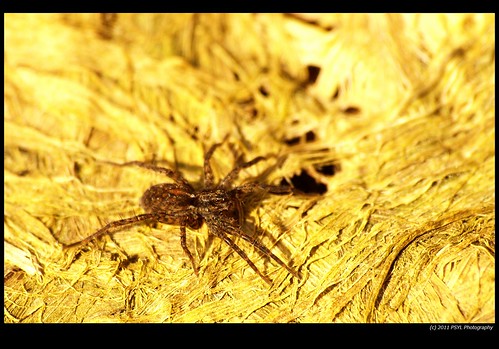
I asked for some help here, but the only answer I got is some kind of Wolf Spider. Photographing them under natural lighting is very difficult, especially because they are quite skittish and small (less than 20-mm).
While photographing the spiders, I heard a buzz sound near me. I turned around but couldn't see what flew by me. Later, I saw this wasp resting one of the dead leeks. Because it was resting vertically and there was a fence between me and the plant, photographing this wasp was also difficult.
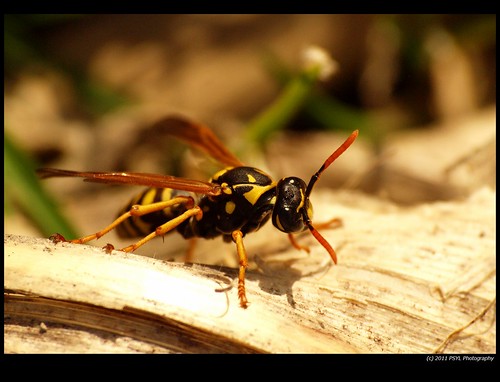
This is a female European Paper Wasp (Polistes dominula) (more photos here). It is an invasive species and considered a pest to cherry and grape fruits (some info here and here). This is identified as a female because its antennae are straight, whereas the male's antennae are hooked (example). Their "mostly" orange antennae distinguish them from other species in the Family Vespidae.
Then I slowly biked towards Steveston and was distracted when I saw blossoms near a residential neighbourhood.
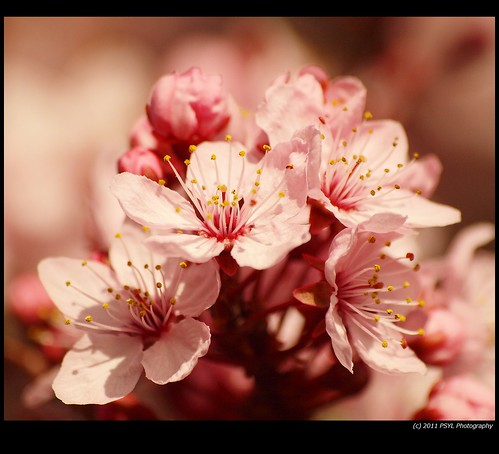
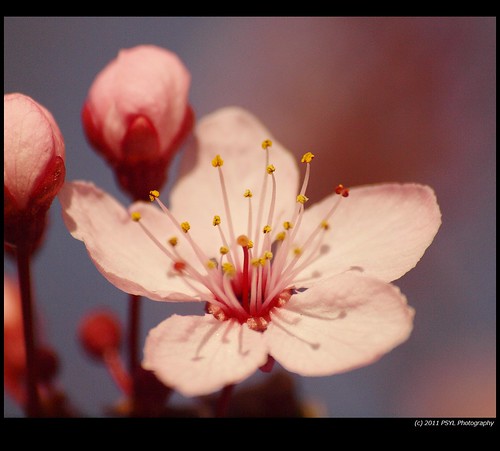
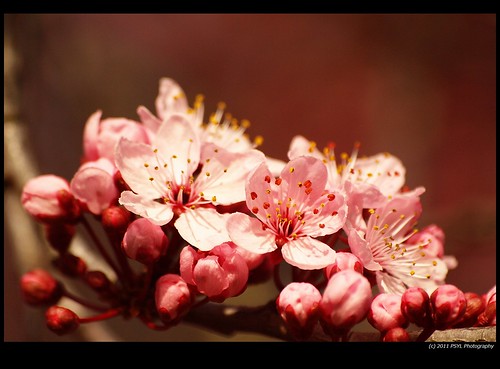
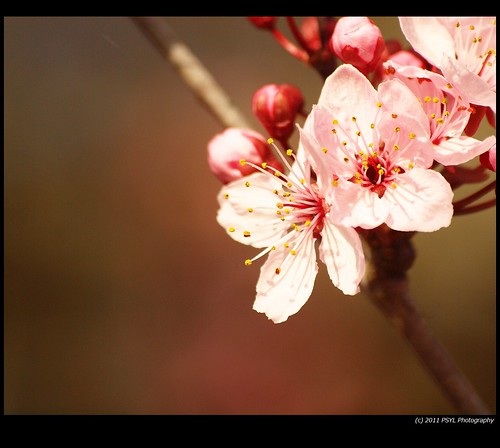
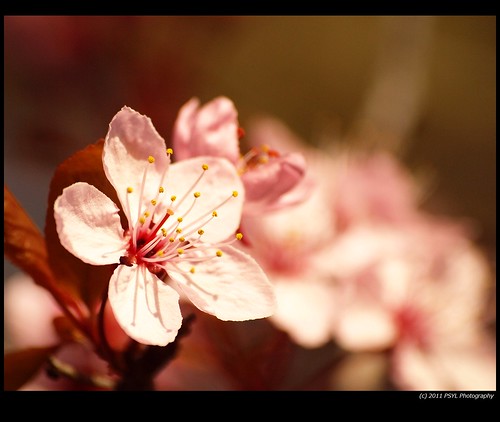
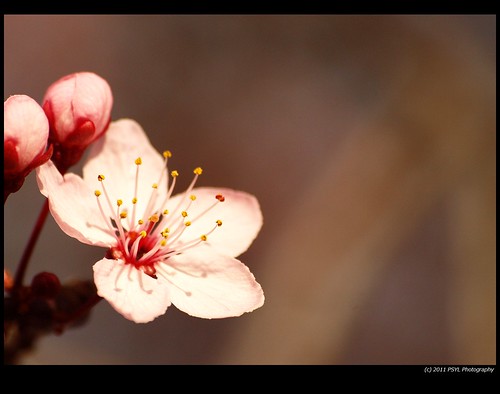
The blossoms also attracted many Bushtits and one male House Finch.
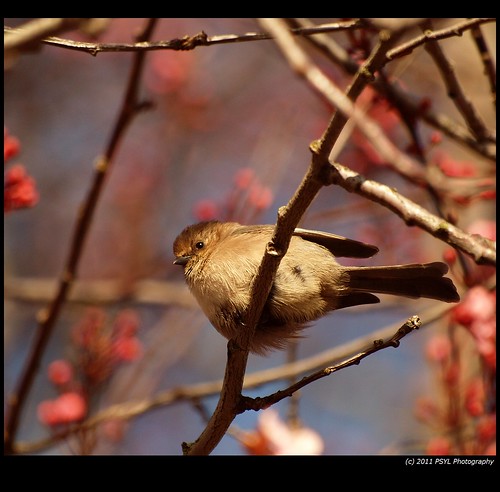
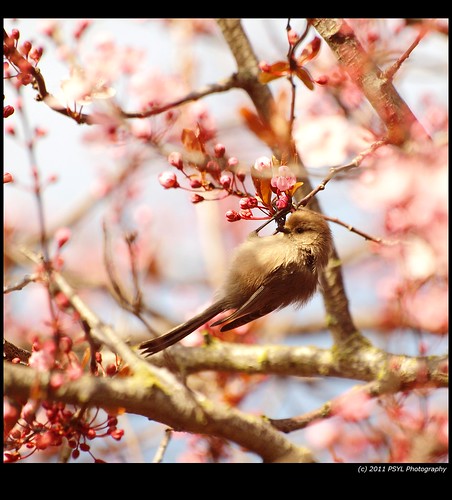
Picturesque Bushtit.
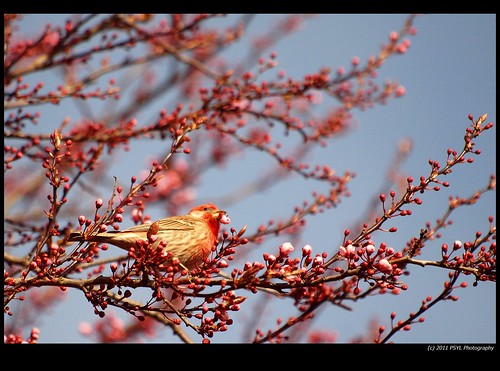
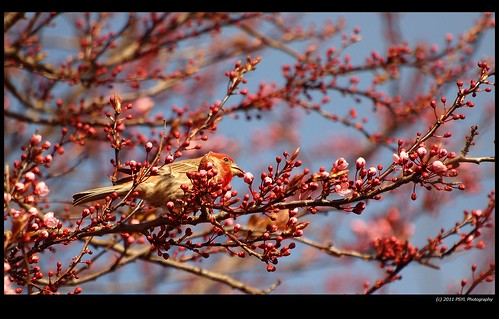
A male House Finch enjoying the tasty flowers - the sweet nectar, perhaps?
 It was cloudy earlier in the afternoon, but got sunnier later in the day.
It was cloudy earlier in the afternoon, but got sunnier later in the day. Bald Eagle flying to nest, located at the south end of Number Three Road.
Bald Eagle flying to nest, located at the south end of Number Three Road.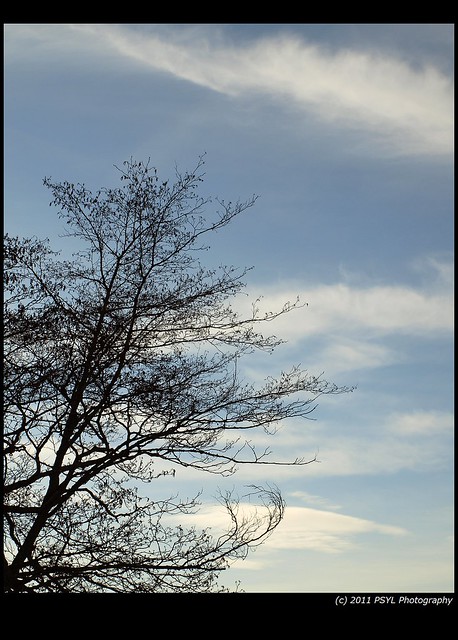
Tree silhouette against the blue sky.
Weekend coming soon!
No comments:
Post a Comment